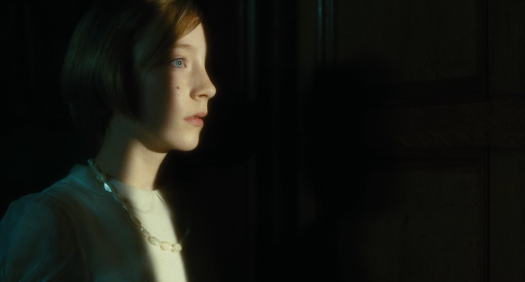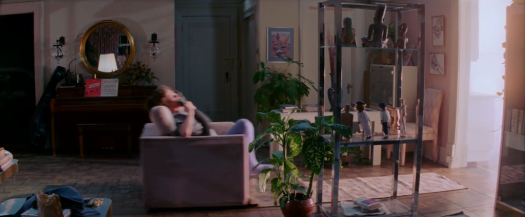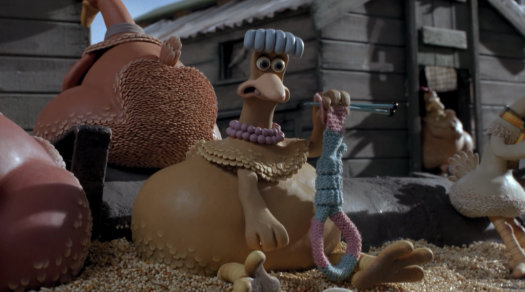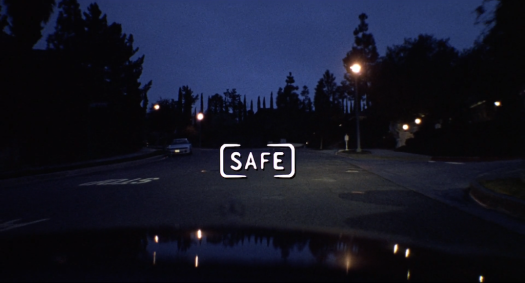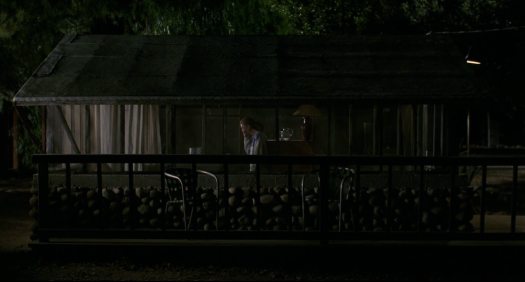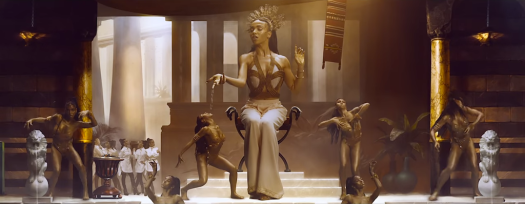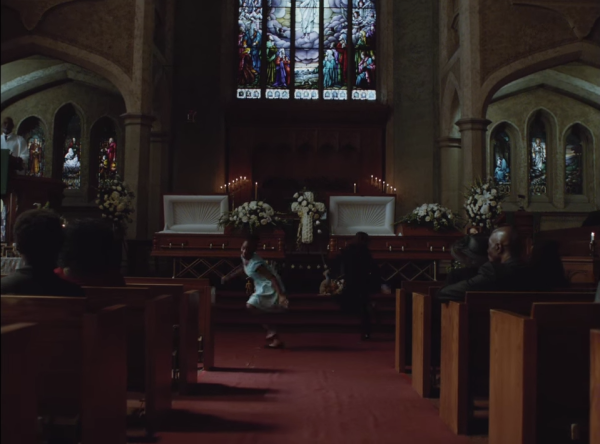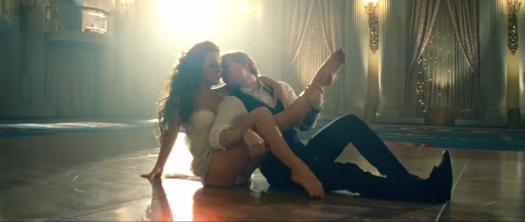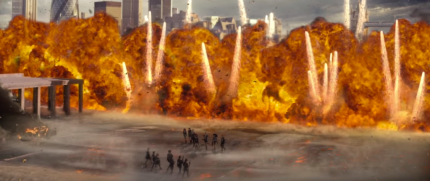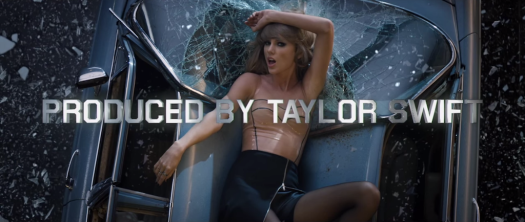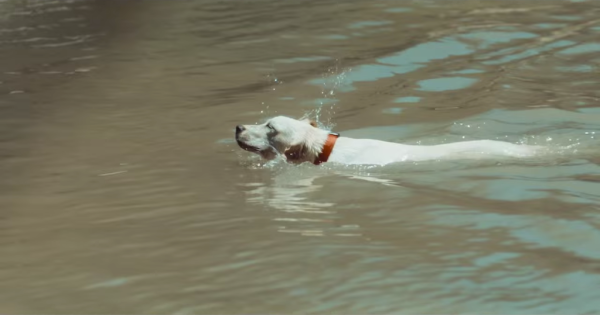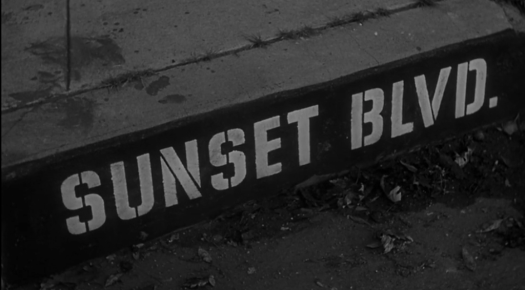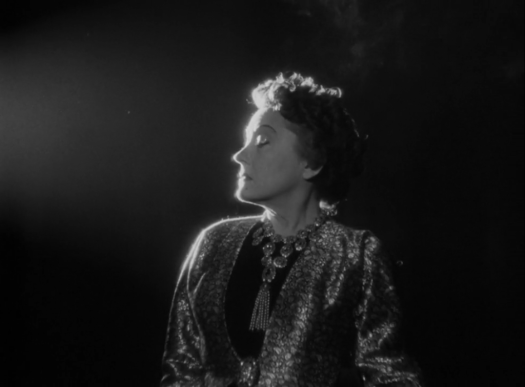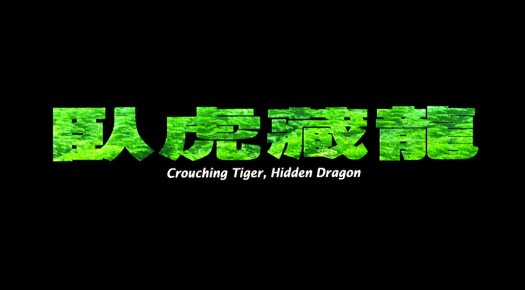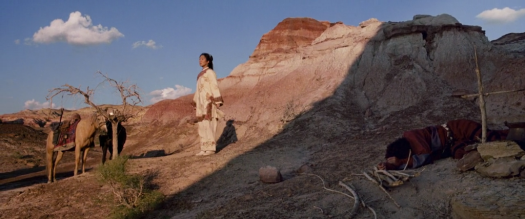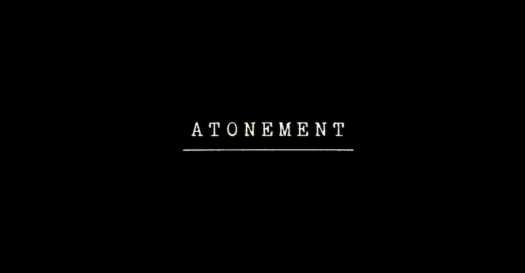
“Atonement is on Netflix” seems to be the main reason why our dear host Nathaniel Rogers chose Joe Wright’s literary adaptation as this week’s Hit Me with Your Best Shot movie. Not that I’m complaining. However, if I were to complain, it would be because it’s so damn hard to pick one single image from this ridiculously good-looking movie.
Actually, it would’ve been easy. The minute Nathaniel announced Atonement a specific image from the movie immediately came to my mind. A couple days ago, however, an early entry by Chris Feil picked the exact image I wanted to pick. You should go read Chris’s piece both because it’s pretty great and because his reasons for picking that image are basically the reason I would’ve picked it, too. In case you don’t want to read his piece for some bizarre reason, here’s the shot in question:

In any case, there are certain things I would add to the Atonement conversation. First of all, I must say upfront that I’m a huge fan of director Joe Wright. Now, Wright is not the kind of “cool” director that’s usually revered on the internet. His movies are based on prestigious literary materials, and their beautiful production values make them look like middlebrow imitators of the Merchan-Ivory period dramas of the eighties and nineties. That, however, is a misreading of the man’s style. Wright is deeply interested in beautiful images, yes, but he is also interested in creating meaning through them.
He isn’t always subtle. Actually, he is rarely subtle. But subtlety ceases to matter when you are enveloped in a cinematic world as rich and kinetic as his. What I love most about Joe Wright is his passion for cinematic tricks. Long takes, reflections, intercutting different perspectives, lighting tricks, and smash cuts are all utilized to beautiful effect in Atonement. Detractors will say that Wright makes his movies look like a Chanel No. 5 ad, I will say that he is a man who is deeply in love with the tools of cinema, and he will use them, dammit, to underline every emotional point that needs underlining! (he is probably the clearest, but not quite as frenetic, descendant of Baz Luhrmann).
But back to the movie, and its pretty images. Once I decided not to pick the same shot as Chris, I decided I would pick something from Atonement‘s first half -which is my favorite part of the movie. Ok, short tangent: the biggest problem I have with Joe Wright -a director I deeply admire- is that he can often lose drive in the second half of his movies. The first half of Atonement unfolds like a tightly constructed play, and its devastating ending casts a new light on the whole movie, but the time between those two -while full of interesting and evocative images- isn’t quite as interesting. The same thing happened in Wright’s Anna Karenina, a fabulous movie that doesn’t really know how to drive the home stretch toward Tolstoy’s ending.
The first half of Atonement is full of symbolic imagery. Again, not always subtle, but beautiful nonetheless. There are lots of images of people jumping in and out of the water, people looking at themselves in the mirror, and occasional direct looks at the camera. This whole section of the movie is meant to set up the lovers (played by James McAvoy and Keira Knightley) and the confused young girl (Saoirse Ronan) who will become their downfall. Ronan’s Briony is a fascinatingly irritating character. The whole movie revolves around whether the audience is able to sympathize with her, and Ronan plays into vulnerability and darkness beautifully. This was, in case you didn’t know, her breakthrough performance, which culminated with her first Oscar nomination.
So, before I explain why I chose this image, let me shout-out cinematographer Seamus McGarvey, who does an obviously great job. The stark shadows of this image are actually not characteristic of the bright and soft light he uses for most of the movie -which is giving the vibe of a somewhat idyllic memory- but it’s because this part constitutes the turning point in the movie. This is the moment where Briony learns about her sister’s affair with a childhood friend and all of their lives are changed forever.
A beam of light fractures Briony’s face in an incredibly suggestive image. Is the light-beam crossing Briony’s face a metaphor for the way in which what she is seeing is fracturing her worldview forever? Is the light-beam a suggestion that Briony is torn inside between what she should do with the information she is learning? Is this light beam a premonition that owning up to what she is seeing in this moment will be the only way Briony will find light in her ominous future? And is the way in which the light outlins Briony’s face making it hard to tell is she’s standing in profile or three quarters toward the camera a symbol for the way personal perspective and interpretation of images that are not quite what they appear play into the movie’s theme? Ok, I’ll let you look at the image now…
